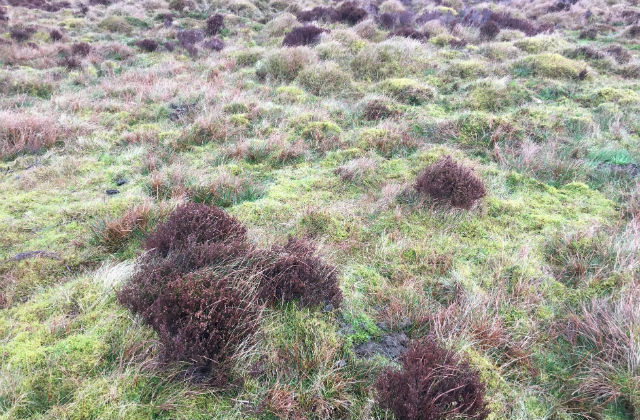
Last week the government announced that it would legislate for net zero greenhouse gas emissions by 2050. Achieving net zero emissions globally is essential to meeting commitments under the Paris Agreement to hold the level of climate change to substantially less than 2 °C and pursue efforts to limit it to 1.5 °C above the pre-industrial average.
As the birthplace of the industrial revolution, it is right that the UK shows global leadership on what is one of the most urgent issues facing us and future generations.
Achieving net zero emissions is challenging: the Committee on Climate Change’s latest report shows that it will require new policies, new technologies and action across all sectors of society.
And the natural environment will play an essential role in meeting this ambitious target, which is why the work of Natural England is vital.
Over the last 10 years we’ve worked steadily to develop the science to support decision making on climate change. Back in 2012 we published an overview of carbon storage by habitats, and since then we’ve worked with partners to fill gaps in our knowledge.
We’ve also published a manual with the RSPB to help conservationists adapt to climate change – from restoring wetlands to adjusting our objectives for site management.
Healthy ecosystems, particularly forests, take up and store significant amounts of carbon in soils and trees: they are ‘Natural Climate Solutions’. One hectare of natural woodland can take up carbon dioxide roughly equivalent to an average person’s carbon dioxide emissions over the course of a whole year. Fast growing plantations can sequester significantly more.
New forests can support biodiversity, provide opportunities for recreation and reduce flood risk as well as supply timber or fuel. Trees can also help us to cope with the consequences of a warmer climate by providing cooling in towns and cities, as well as the countryside.
Almost all of the land area of England would once have been forest. Allowing some of it to revert to forest is ecologically straightforward, but the economics are more challenging. Developing a new approach to Environmental Land Management (ELM) and moving towards payments for delivering environmental improvements, rather than simply supporting farming on an area basis, offers an opportunity to encourage more forest creation.
Our peatlands – blanket mires in the uplands, raised bogs and lowland fens – also store large amounts of carbon in peat, which has built up over millennia because of the slow rates of decomposition of plant material in waterlogged conditions. In fact, this habitat is one of the most carbon-rich ecosystems on earth – with the UK’s peatlands storing an astonishing 4500 million tonnes of carbon. Unfortunately many are in poor condition in England and releasing carbon, which is why Natural England is working to restore peatlands directly on the sites we manage, and advising other landowners on how to protect this vital ecosystem.
Techniques for upland and raised bog restoration are becoming well established: blocking drainage ditches to raise the water table and stopping burning allows a natural wetland to re-establish, with benefits for biodiversity and water supplies as well as carbon. Where there is bare peat it is necessary to re-establish vegetation, especially Sphagnum bog mosses. Where peat soils now support productive agriculture, as in the Fens of East Anglia, new approaches, for example by raising the water table and adding organic matter, offer the potential to maintain peat at lower depths whilst food production continues. Maintaining or increasing crop production, whilst reducing emissions really matters: we do not want to simply outsource food production and with it emissions to other countries.
In recent years, Britain’s emissions have been decreasing as a result of changing ways of generating electricity. However, this is not enough by itself and it is essential to increase progress in other sectors if we are to reach net zero by 2050.
The natural environment is critical to this because of the capacity to take carbon out of the atmosphere – it is the only ‘negative emission’ technology with a long track record of working at large scale. It is also a priority because we can start now without the need to develop new technology and because there is a time lag between starting work and seeing the carbon benefits (trees don’t grow overnight!).
Looking ahead, we need to increase the rate of progress in current initiatives but also grasp the opportunities that new initiatives including the Nature Recovery Network and biodiversity ‘net gain’ offer.
We shouldn’t underestimate the challenge that achieving net zero presents: it will need investment, innovation and partnership, all based on sound science. However if we get it right, striving for net zero emissions will also support wildlife and in turn our own quality of life.
Follow Natural England on Twitter, and sign up for email alerts here.